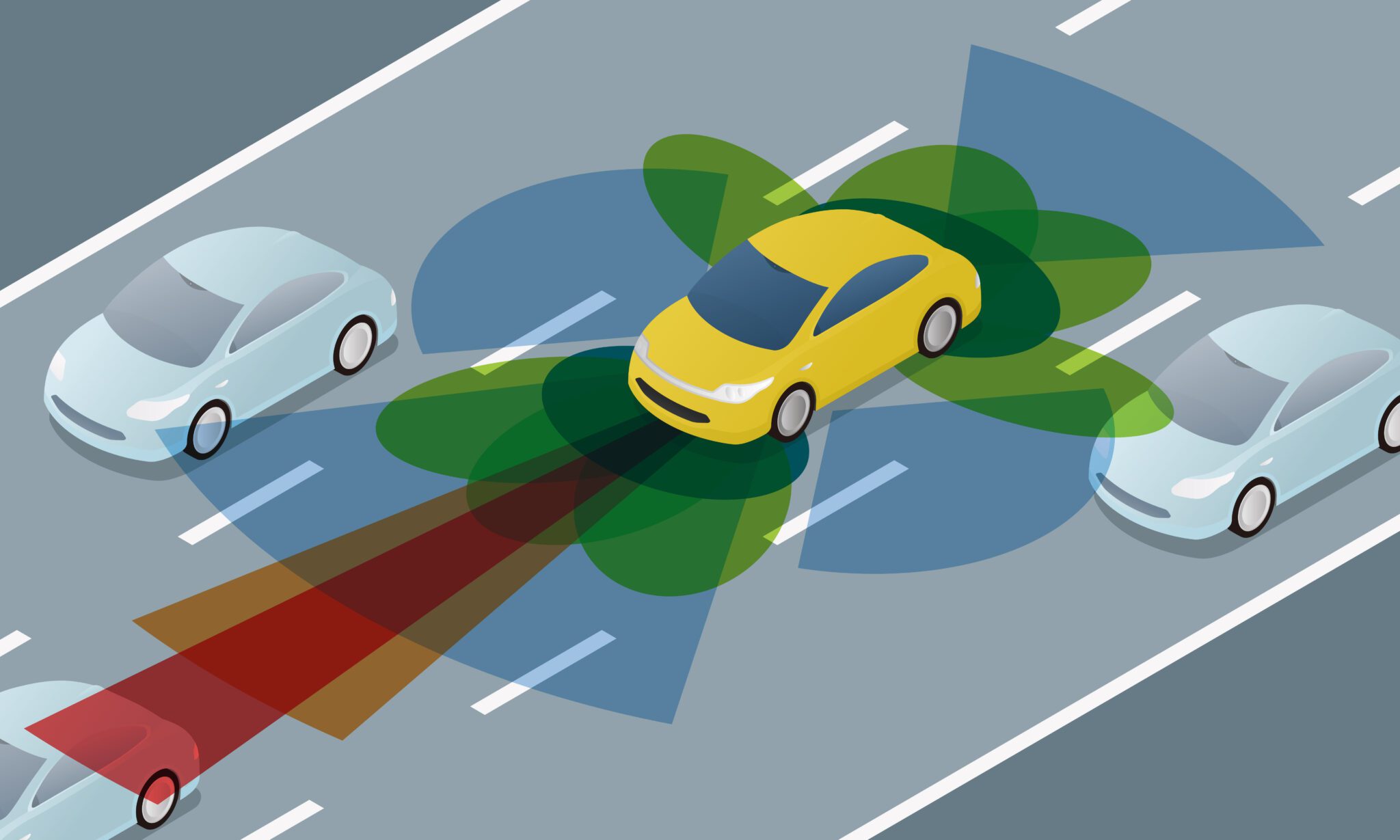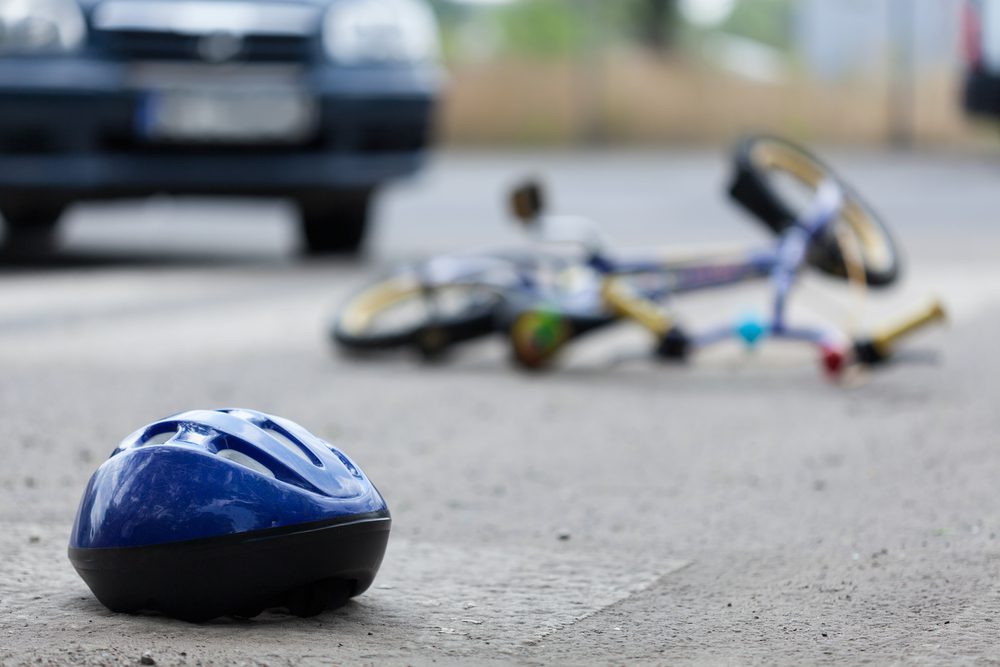The European Commission aims to halve the number of deaths and serious injuries on Europe’s roads by 2030 through the “3rd Mobility Package”, a package of measures with considerable added value in contributing to road safety that has already been welcomed by both the European Transport Safety Council (ETSC) and the IAF (International Automobile Federation).
The Commission proposes that new vehicle models should be equipped with advanced safety features, such as emergency braking, lane assist and detection systems for pedestrians and cyclists, the most vulnerable road users. In addition, the Commission is helping Member States to systematically identify dangerous road sections and better target their investments. These measures could save up to 10,500 lives and avoid almost 60,000 injuries in the period 2020-2030, thus contributing to the EU’s long-term goal of approaching zero deaths and serious injuries by 2050 (“Vision Zero”).
Central to the programme is the role assigned to technology and investment in innovation, with a call to seize the value of progress by anticipating challenges but also opportunities, as well as the adoption of an integrated policy for the future of road safety.


